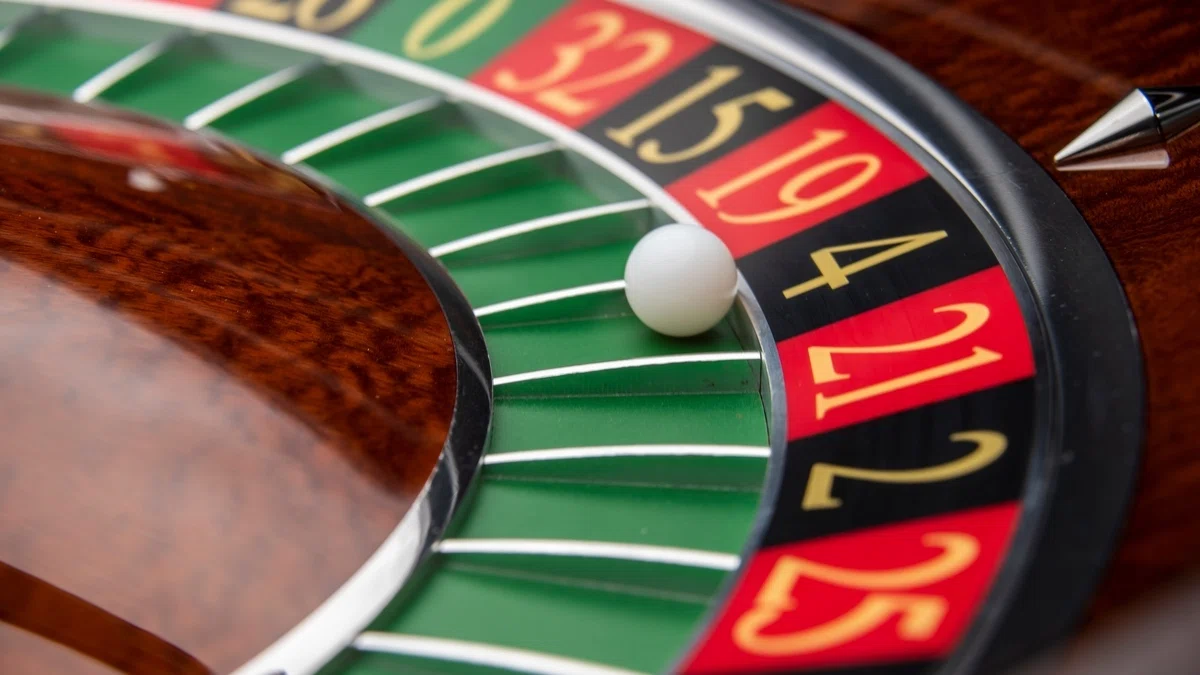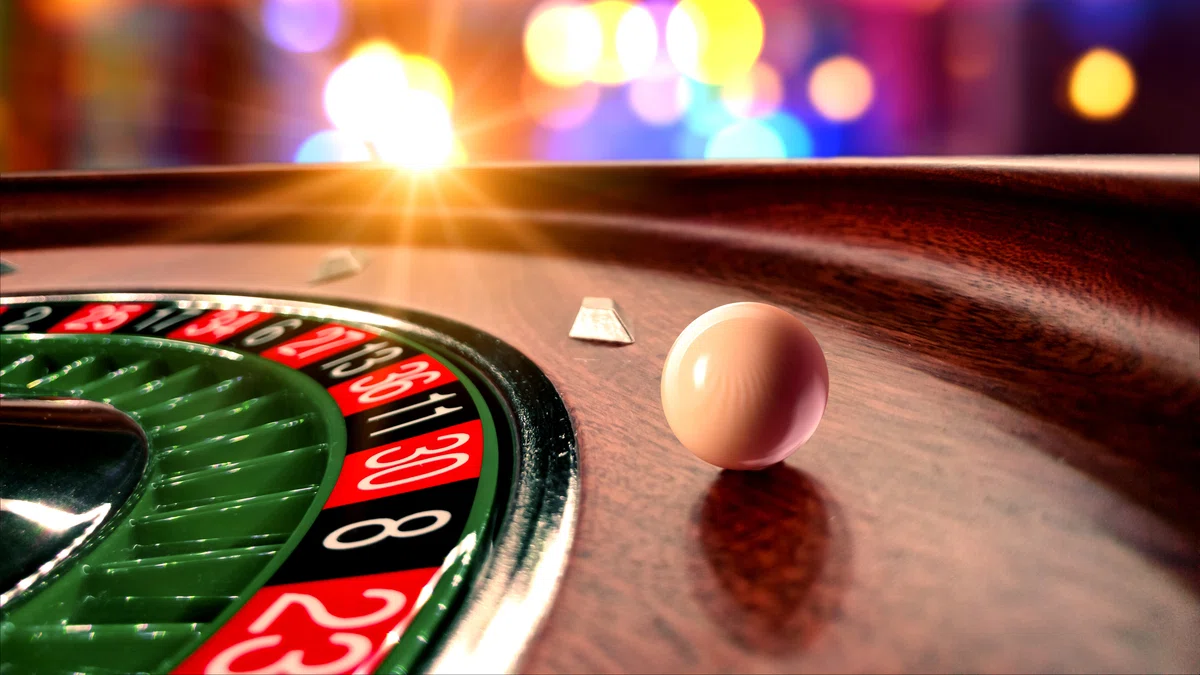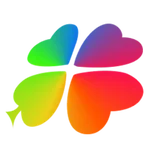The colored felt beside each roulette wheel makes the game seem more complex than it actually is – especially if we’re talking about French roulette. Terms like Jeu Zero and Voisins du Zero aren’t exactly beginner-friendly.
The good news is that learning how to use it isn’t that difficult.
In this guide, you’ll understand:
- How sector playing works
- Which individual sectors exist
- Whether you should worry about sectors or not
How Does Sector Playing Work?
The more adventurous player can use the felt next to the roulette to their advantage. It’s a set of instructions – or orders – for how you’d like the dealer to make your play. The words odd and even refer to exactly that, the 36 (18 each) odd and even numbers on the wheel. Similarly, red and black diamonds point to the red and black ‘pockets’ where the ball rests.
While everybody has their 10 best numbers on roulette, the standard table allows the following plays, in addition to every number and a single zero and/or double-zero:
- 1st 12, 2nd 12, and 3rd 12
- 1-18 and 19-36
- Even and Odd
- Red and Black
These collections of numbers and colors refer to sections of the wheel, bringing us to the topic of today’s guide – sector playing. Sector playing is a strategy like any other. It’s designed to maximise your playing to reduce losses and (hopefully) increase wins. Try not to let that description fool you. Like any casino game, there are no guarantees in roulette.
Below, we outline the sectors the French and European roulette wheels give players. It’s best to think of these as guides or “starters” for the strategy. Sector playing comes down to three things – what kind of player you are, what you hope to achieve (e.g., a target amount of winnings), and how large your bankroll is. You can divide the 36 pockets into as many or as few groups as you like.
An easy way to divide the wheel is into four sections of 9 pockets each. Then, simply pick a quarter and make a play on every number within that section. This might seem nonsensical, given that no individual section is guaranteed its day in the sun, but it’s a straightforward way to reduce your odds by covering a large part of the wheel.
Related Posts:
The Individual Sector Plays
French roulette includes several sector plays in its mother tongue, French. You might see these referred to as call or called plays, announced plays, or sector plays, but they all do the same thing, i.e., let you play on many numbers at once. Before we begin explaining the plays, we need to introduce one more thing on the felt – the racetrack.
The racetrack is an oval representation of the wheel, usually kept beside the text area. It’s designed to make sector plays easier to place. It also provides a visual guide to sector plays, with a handful named inside the track.
Here are the sector plays you’ll encounter most often.
Jeu Zero
Jeu Zero means Zero Game. It includes all the numbers closest to zero: 12, 35, 3, 26, 0, 32, and 15. It’s true that they don’t appear sequentially on the layout, but they form the tightest cluster around zero on the roulette wheel.”
Note that you won’t find Jeu Zero on the American double-zero wheels.
You’ll only need four coins to make this seven-number play. Place one on 26 and one on the barrier or “split” between 0 and 3, 12 and 15, and 32 and 35. The Jeu Zero play has an 18.92% chance of winning. Its novelty comes from the fact that you’re actually making two plays – a 35/1 Straight on 26 and a 17/1 play on each of the Splits.
Voisins du Zero
We’re staying close to zero with this next sector play – Voisins du Zero or Neighbours of Zero – but we’ll take things up a notch from Jeu Zero by using 17 numbers. These are 22, 18, 29, 7, 28, 12, 35, 3, 26, 0, 32, 15, 19, 4, 21, 2, and 25.
The good thing about Voisins du Zero is that it gives you a nearly 50% chance of winning (45.95%), and it’s compatible with other strategies, such as d’Alembert. This system requires you to increase your play on a loss and decrease it on a win. The downside is that you’ll need seven coins to use it, and it’s quite a complicated thing to put together, as we’re about to see.
Place five coins on the splits between 4 and 7, 12 and 15, 18 and 21, 19 and 22, and 32 and 35. Then, make a Corner play (place your coin in the center split of four numbers) on 25, 26, 28, and 29. Finally, you’ll need 0, 2, and 3 with one two-unit chip. Again, this is achieved with a coin in the center of the three numbers.
Le Tiers du Cylindre
Remember the example play from earlier, which involved a quarter of the wheel? Le Tiers du Cylindre is the same, except we’ll split the numbers into thirds. Fittingly, Le Tiers du Cylindre means something like “third of the wheel” in French. It has a 32.43% chance of paying out and requires a play on 12 numbers:
- 5 and 8
- 10 and 11
- 13 and 16
- 23 and 24
- 27 and 30
- 33 and 36
These are all Split Plays, which arguably makes Le Tiers du Cylindre one of the least taxing sector plays to set on the board. Let’s not disrespect it in front of its peers, though – Le Tiers du Cylindre can be made more interesting by using it with other plays like Straights and Splits. This vastly increases coverage of the wheel but at the cost of your bankroll.
Orphelins
The poor Orphelins (Orphans) sit in two groups opposite on the wheel. These are 1, 20, 14, 31, and 9 on one side and 17, 34, and 6 on the other. Orphelins has similarities to the Voisins du Zero sector play without the headache of its placement. Place a coin on 1, then make Split plays on 6 and 9, 14 and 17, 17 and 20, and 31 and 34. This eight-number play has odds of 21.62%.
Neighbours
Voisins du Zero’s translation – Neighbours of Zero – is a good introduction to this sector play. While that play requires coins on either side of zero, The Neighbours roulette rule implies picking one number on the racetrack, along with (in general) two adjacent numbers on either side — making it a 5-number play.

Related Posts:
Sector Playing: Is it Worth it?
Statistics paint some roulette call plays in a better light than others (Orphelins and Le Tiers du Cylindre are considered more consistent or “stable” over longer play sessions) but roulette systems are only useful if they help you, the player, do what you want to do. As mentioned earlier, your bankroll, appetite for risk, and lots of other variables will determine which strategy is for you – or if you need one at all.
The first thing to note about sector playing is that it may not be possible – especially in North America. While some of the above plays are found in European roulette, players hoping to try them out should hunt down French roulette instead. American tables may not even have the racetrack drawn on the felt, encouraging players to make standard plays like Straights, Splits, and Corners.
Sector plays are ultimately about making multiple plays easier to create. They’re more of a quality-of-life adjustment than a true strategy. After all, placing a Le Tiers du Cylindre play is much easier than listing off twelve numbers to the dealer.
The presence of multiple plays in a sector, like the Straight and Splits in Jeu Zero, can enhance the player’s odds, bringing us back to the idea of sector plays as a system.
Sector playing does have its drawbacks. Making a play on half the wheel is expensive and risks heavy losses for inexperienced players. The combination of different odds and payouts in a single play adds to sector plays’ complexity, although players can rely on the dealer (or the computer) to do the math.
Wrapping Up
A cautionary note to close on: there are no best numbers to play on roulette. The game is based on luck, whether online or offline. Unfortunately, sector plays like Neighbors allow players to single out “hot” or “cold” parts of the wheel, places where the ball has fallen recently. The likelihood of any particular outcome never changes, however.
It is still an interesting approach to your game, and one that you can try today at McLuck social casino!

